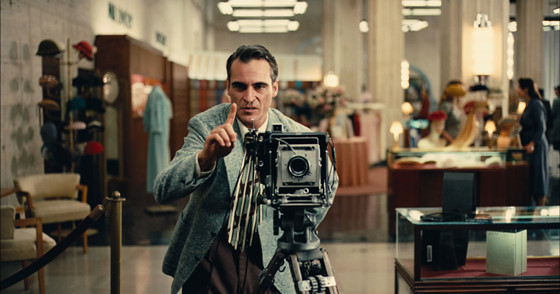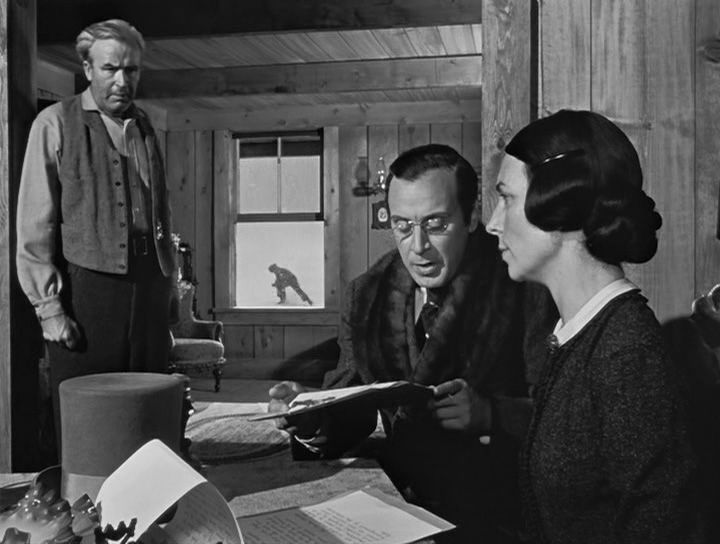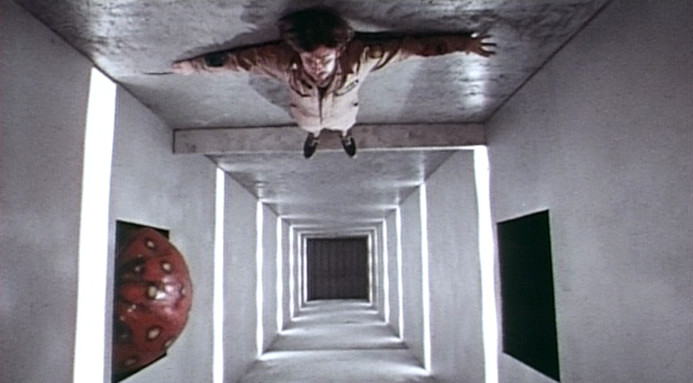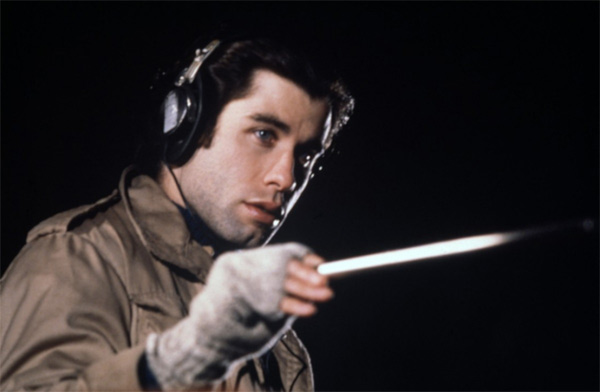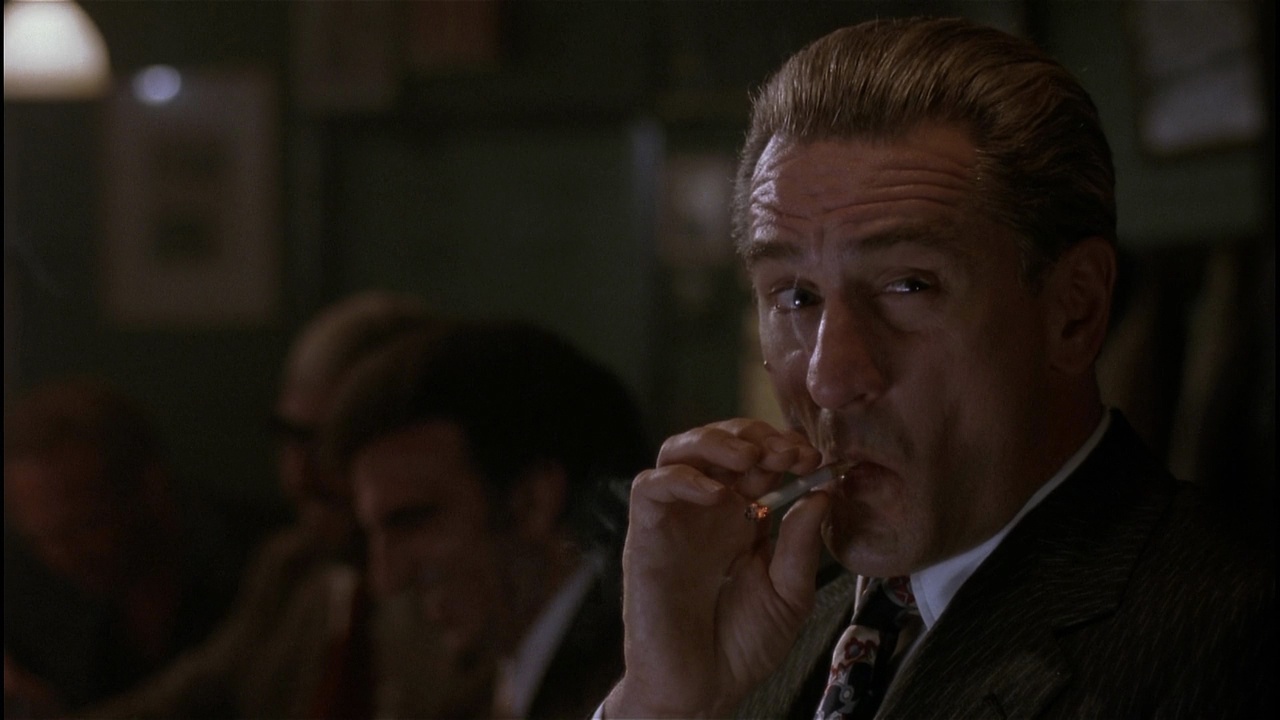Filmmaking isn’t about just pointing a camera at talented actors. It’s a collaborative medium employing the use of sound, music, lighting, cinematography, mise-en-scene, editing, special effects and screenwriting.
Every now and then a filmmaker will use one of these filmmaking tools in a style so deft and so innovative, that it inspires, delights and influences all filmmakers that come after it. While not all of these films are equally influential, they each clearly illustrate at least one filmmaking practice that teaches us an invaluable lesson in how films are constructed.
1. Citizen Kane (1941)
What it can teach you about: Camera Movement, Camera Angles, Focus, Editing.
While most people enjoy Citizen Kane, many are left scratching their heads as to why it’s often considered to be the greatest film ever made. The reason is because Orson Welles broke all of the rules by placing the camera at never-before-seen angles, and moving it in strange and exciting new ways. He also made great use of a deep focus technique that keeps both foreground and background easily visible.
While the film may not have caused much of a stir in the nineteen-forties, it’s considered by many to be a pioneer of now commonly accepted filmmaking techniques.
Scene to examine: A young Kane is seen throwing snowballs on a picturesque winter’s day. Instead of cutting to another scene, Wells lets the action continue by pulling the camera inside and through a cabin window to reveal the parents discussing the boy’s future. As the camera follows the parents through the scene, Kane is always kept in the background; distant and unconsulted. It’s simple, ergonomic, and (for the time) revolutionary.
2. À bout de souffle (1960)
Watch it can teach you about: Editing, Causality.
Ignoring conventional rules of editing, Jean-Luc Godard’s À bout de souffle disorientated and thrilled its viewers with a fresh, stylistic look by introducing abrupt ‘jump cuts‘ to every other scene. Actors suddenly changed positions in their scenes and time seemed to fly forward in an instant as a result. American filmmakers took note, and started making their own films look quicker and edgier – helping to usher in an American “new wave” of filmmaking that still defines contemporary cinema.
Scene to examine: While Michel gives Patricia a lift in a newly stolen car, Godard snips away at the passage of time by heavily editing the scene. Time seems to literally ‘jump’ forward as cars and pedestrians vanish; however the conversation seems to still flow and make sense.
3. Dark Star (1974)
What it can teach you about: How to work on a limited budget, Set design.
Sounding cheap and looking cheaper (the alien is literally a beach ball), there’s still a lot that can be learned from John Carpenter’s classic science-fiction film. The project started life as a student film, but was ultimately upgraded to become Carpenter’s cinematic debut. Before Clerks, El Mariachi or The Blair Witch Project, Dark Star proved that Innovative camera angles and a witty script are all that’s required to make a good movie.
Scene to examine: The elevator scene in Dark Star is both laugh-out-loud funny and remarkably inventive. It might look like Dan O’Bannon (who’d later go on to write Alien) is inches from falling to his death, it’s actually just him lying on the floor with a piece of wood leaning against his feet (or hands, depending on his stage of peril).
Carpenter then ramps up the tension by having the elevator nearly crush Bannon – but it’s just a plastic board shot as a close up mixed with elevator sound effects. Ridiculously simple, but surprisingly effective.
4. Blow Out (1981)
What it can teach you about: Sound effects.
Blow Out’s lack of financial success has almost erased Brian De Palma’s thriller from the history books. Luckily, film aficionados continue to sing its praises (both narratively and technically). Blow Out delves into the filmmaking process itself, by following sound editor Jack Terri (John Travolta) as he stumbles across a murder that he accidentally records while scouting for sound effects. While it might owe a lot to Michelangelo Antonioni’s Blow-Up, it breaks new ground with its innovation.
Scene to examine: The scene where Travolta records the all important ‘blow out’, has a hypnotic quality. For almost five minutes, De Palma asks his audience to sit back and listen to their surroundings.
Travolta stands in the darkness, recording the wind rustle the trees at night-time. As he moves his microphone from a pair of bickering lovers, an odd chirping noise distracts him. The camera cuts back a good hundred meters, leaving Travolta way in the distance and revealing that the loud chirping noise is coming from a tiny frog.
The tiny frog jumps into the water, but the sound of the water lapping over its body seems giant in comparison. Then a truly puzzling metallic sound excites and focuses Travolta; the noise isn’t explained in the scene and it’s only when re-watching do you notice that De Palma hasn’t only introduced a pivotal character in an unusual way – he’s also introduced a murder weapon.
5. Goodfellas (1990)
What it can teach you about: How to use soundtracks to complement the action.
Martin Scorsese not only makes films about music (The Last Waltz, No Direction Home), music helps to make his films. He’s a real rock-and-roll director who’s able to combine music with cinematography in a way that enriches and empowers his moviemaking. The soundtrack for this gangster classic is immense. With nearly fifty songs that are said to reflect (however remotely) on-screen characters’ emotional states.
Scene to examine: A great example of Scorsese’s rock and roll direction comes as we watch Robert De Nero’s Jimmy “The Gent” stare at Ray Liotta’s embattled Morrie. The camera slowly zooms in on Jimmy while Cream’s psychedelic song Sunshine of Your Love harmoniously, starts playing.
It becomes clear that Jimmy’s thoughts have erratically bent towards murder when we hear the lyric “It’s getting near dawn, when lights close their tired eyes…”. It’s a masterful mix of powerful acting, directing and a great song choice.
